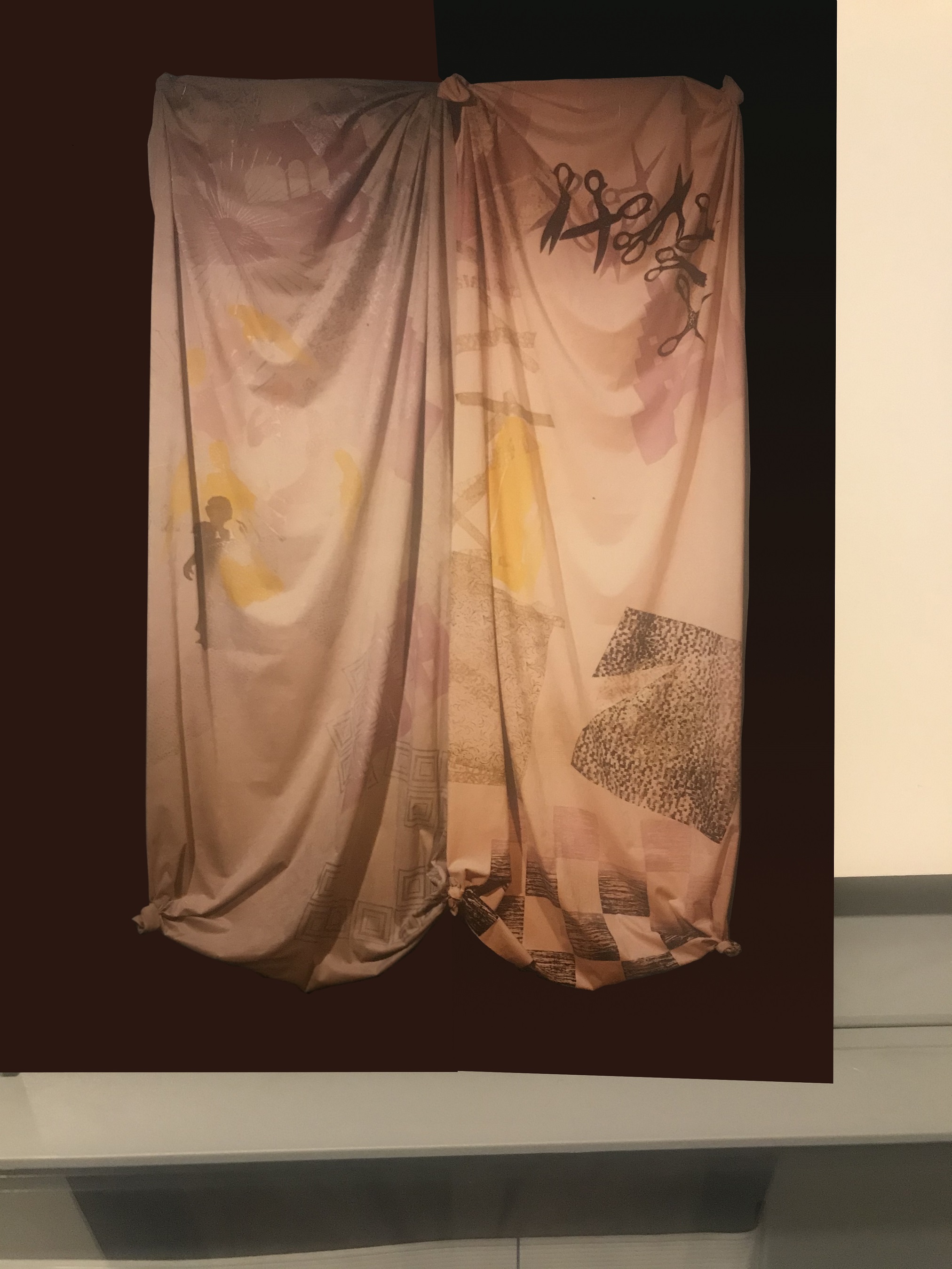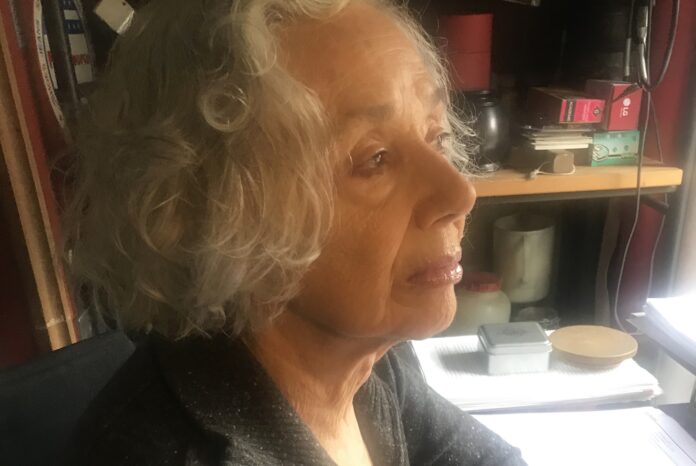On that thursday he had woken up badly; it was the cat’s fault as it jumped onto his bed. Before sunrise, and it loomed annoying and lightly, insinuating itself between the flaps of the blanket and the wrinkled and protruding edges of the sheet. Outside it rained and the cool autumn November 1911 spread.
The cat had never showed such a clumsy and early-riser behavior, but, in this unusual dawn, he was disturbed by the demeanour of the whole family who had gathered and were shouting loudly and unusually in the still dark kitchen. And being a feline, reacted by sneaking away from the chaos.
And just on that occasion Aldo, although sleepy and annoyed by the cat’s attitude, finally sensed the voices coming from below, and remembered with a gasp that his grandfather, the morning before, had died and this day he was to be buried. Immediately he jumped out of bed to get downstairs and join his family. But, midway down the stairways, he paused to try to understand what they were saying.
“…but how… why on earth and who could it have been? Mom muttered “…Oh God…know it to believe it!… no reason… horrible…. tragic… but by whom?… and how… and for what?”, the father repeated in a strangled voice. Meanwhile, the sister was crying remembering the meekness of her grandfather, and the old aunt announced sentences of chastisement. Finally, Aldo overcame his anxiety and rushed in, looking at everyone pale and mute.
“… they took away grandad… inside the coffin… certain after the vigil… after midnight… and without a trace… gone… damn, nothing at all”, squealed his father, and went on shouting: “I called Vittorio and Bruno… who called Beni… who called Tino… everyone looked and found nothing… I don’t get it!…” And then, his father burst into tears. And Aldo also began to sob hard, because he was a sensitive kid who loved his grandfather very much.
The fact of the disappearance of the coffin with the dead man inside occurred after the funeral wake for the body of grandfather Esaù, when all the attendees had moved away from the cottage situated on the edge of the Bassano countryside. Right there the deceased had lived in voluntary solitude since he became a widow. And it happened that his remains, stolen from there by unknown people, disappeared forever; probably buried in some distant and unobtainable ditch.
Esaù was a Jew who became Gentile and a fervent Catholic who, as a dead man, created a serious problem for the local community. It was, in fact, the first case of a person who, born a Jew – although he then became a Christian in all respects – asked for burial in the cemetery of a small Venetian town. In a very secret session, held in the council chamber of the Municipality, a hard clash broke out between those who were against that unusual burial in the blessed land and those who were in favour. And the first ones won. And someone, to calm the waters, suggested with luminous wisdom that the disappearance of Esaù’s remains was to be considered the most obvious conclusion.

ALDA MERCANTE
Alda Mercante (Alda Casal) is an artist and a writer, born in Marostica and living in Milan. She studied at Brera Academy and, as an artist, started her career in 1964. She did so, on behalf of Montedison, in the research aiming at identifying and using new and potential expressiveness for art in relation to plastics (particularly Moplefan). She collaborated with Giò Ponti inventing installations, settings and special objects for the Rinascente and for Fontana Arte.
She also patented new systems to transform the use of plastic fibers and transferred qualities and characteristics into atypical solutions. She experimented and elaborated pictorial interventions on “soft” surfaces and focused on new processes and methodologies for the realization of her works. Currently, she writes and edits the communication for L’Arca International, the international magazine of architecture, design and visual communication.
As a writer, she published the novels L’ultima Torre (L’Arca Edizioni, Milan, 2006) and L’Architetto di Peluche (ArcaData, Milan, 2011).
As an artist she partecipated in numerous solo and group exhibitions since the late 1960. We just mention: Le vetrine della Rinascente di Milano with Giò Ponti (1968); Pittura su vetro da Fontana Arte di Milano with Giò Ponti (1968); PIVICIP, Galleria de Nieburo of Franco Toselli, Milano (1969); Spazi interrotti, from an idea in Moplefan, Triennale di Milano (1973); Textilia1 Basilica Palladiana, Vicenza (1989); Deuxième Biennale des Femmes, Grand Palais, Parigi (1991): Traditi & Mode, Nijmeegs Museum, Kirchliche Darlehnkasse Im Bistrum, Munster Nijmeegen, Olanda (1991); Arte e Architettura, Spazio Ansaldo, Milano (1992); Il mondo di Snoopy, Roma, Milano, Venezia, 1992-93; Discovery of Italy, Spazio Armani, New York (1993); Artedesign, Spazio Vivre, Milano (1994); La nuova Europa, alle Zitelle, Biennale di Venezia (1995); 1997 Unimplosive-art, Biennale di Venezia e poi Regione Siciliana, Cefalù (1997); Ritratti e Controritratti, Spazio Annunciata, Milano (1999); Barocco austero/Presenze nel nostro tempo, Ex Monastero dei Benedettini, Università di Catania (2011); Nientedimeno 1945-2000, Biblioteca di Santa Maria Incoronata, Milano (2011).








